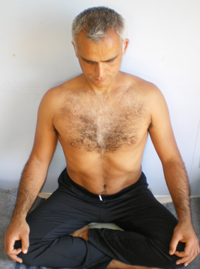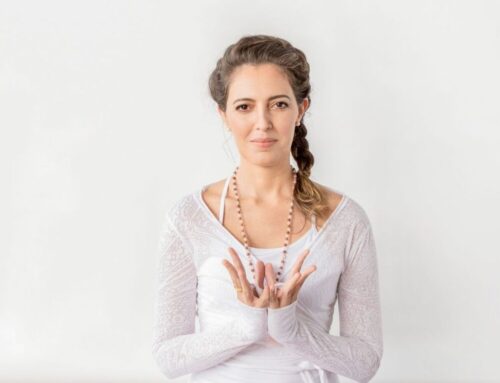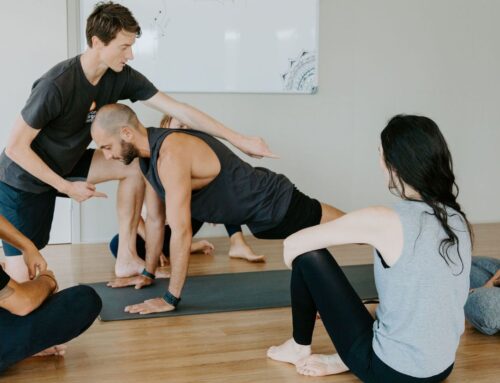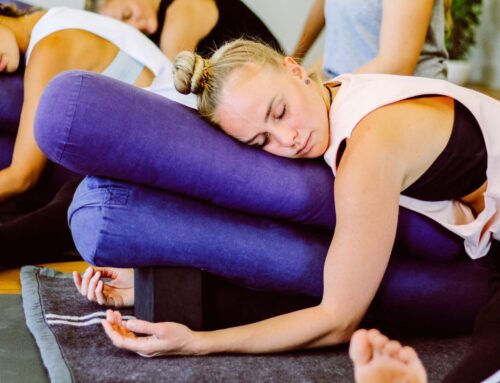
The concept of bandhas is one of the more subtle and esoteric aspects of yoga and if you have ever been left feeling somewhat perplexed as to the correct bandha action in your practice, you are not alone.
The Sanskrit term bandha translates to English as ‘lock’, ‘bondage’ or ‘joining together’, and an understanding of the bandhas is essential for a proper yoga practice. The bandhas act as safety valves for distributing, regulating and absorbing the energy or prana in the body and help carry it to the right places without damage. As B.K.S. Iyenger in Light on Pranayama says, “an electric motor burns out if its voltage is allowed to rise too high. When electricity is generated, it is necessary to have transformers, conductors, fuses, switches and insulated wires to carry the power to its destination; otherwise the current would be lethal.”
The bandhas may be practiced at specific times during asana (postures), pranayama (breath-work), mudra (gesture), kriya (cleansing), visualisation, dharana (concentration), and meditation (dhyana) practice. Working with the bandhas arouses the sleeping kundalini, which lies coiled at the base of the spine, and directs its energy upward through the susumna channel, which runs through the centre of the spine and ends at the crown of the head. Having kundalini flowing through susumna brings the state of Samadhi, or cosmic bliss.
There are three main bandhas – mula bandha, uddiyana bandha and jalandhara bandha.
Mula bandha – the perineal or root lock
“There are three groups of muscles in the pelvic floor – those around the anus, the genitals and in between the perineum,” explains Davina Kruse, a senior teacher at the Centre and facilitator in the Teacher Training program.
“When mula bandha is activated, the muscles of the perineum are drawn up. On a gross level the action is one similar to stopping the flow of urine mid stream, or for males, lifting or drawing the testicles toward the body. However the bandha lift is far more subtle than this action,” says Davina.
Mula means ‘root’ or ‘foundation’ and the co-contraction of muscles between the anus and the genitals helps to bring the pelvis into the correct plane and stabilise and support the lumbar spine in an asana practice.
Uddiyana bandha – the abdominal lock

Uddiyana translates as ‘upward flying’ and the application of this bandha helps to stabilise the thoracic or upper spine area and facilitate full yogic breath by forcing the prana in the body to ‘fly’.
Uddiyana bandha occurs naturally in postures such as adho mukha svanasana (downward-facing dog) and dandasana (the rod) as the navel lifts toward the spine.
Jalandhara bandha – the throat lock

Davina explains, “jalandhara bandha has a direct effect on the endocrine system of the body, massaging and toning the thyroid and para-thyroid glands, which in turn regulates hormones and metabolism.”
Correct use of the three main bandhas enhances your yoga practice by generating prana and gathering heat in the system, which can be used in many beneficial ways. The internal body pressures created by using the specific muscles and the breath help to protect the spine in asana practice, regulate blood pressure and the heart rate, and assist in developing power, strength and inner focus, as well as cultivating your spiritual development and ability to withstand stress. Too many good reasons not to start including the bandhas in your practice!
Related articles





